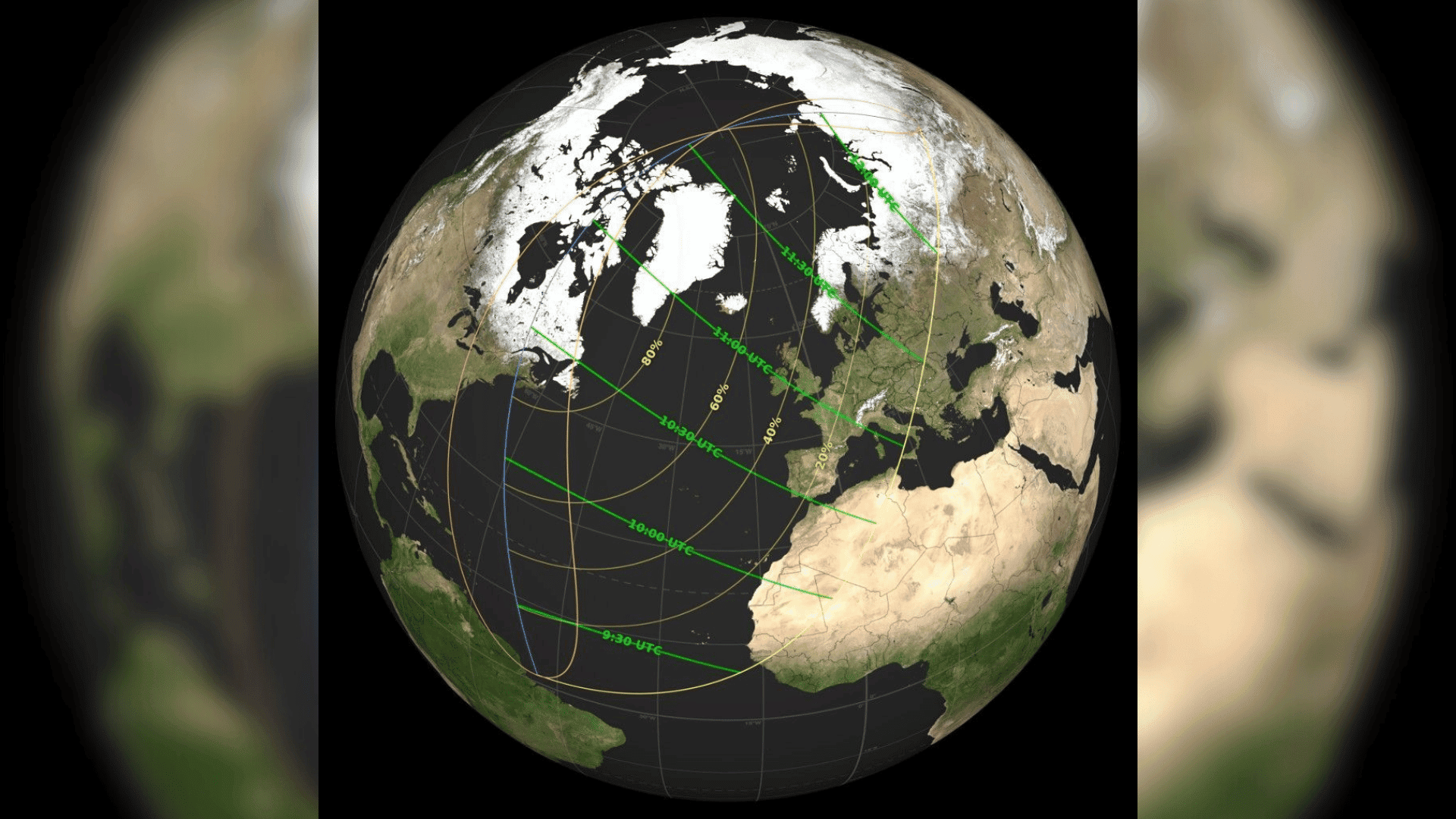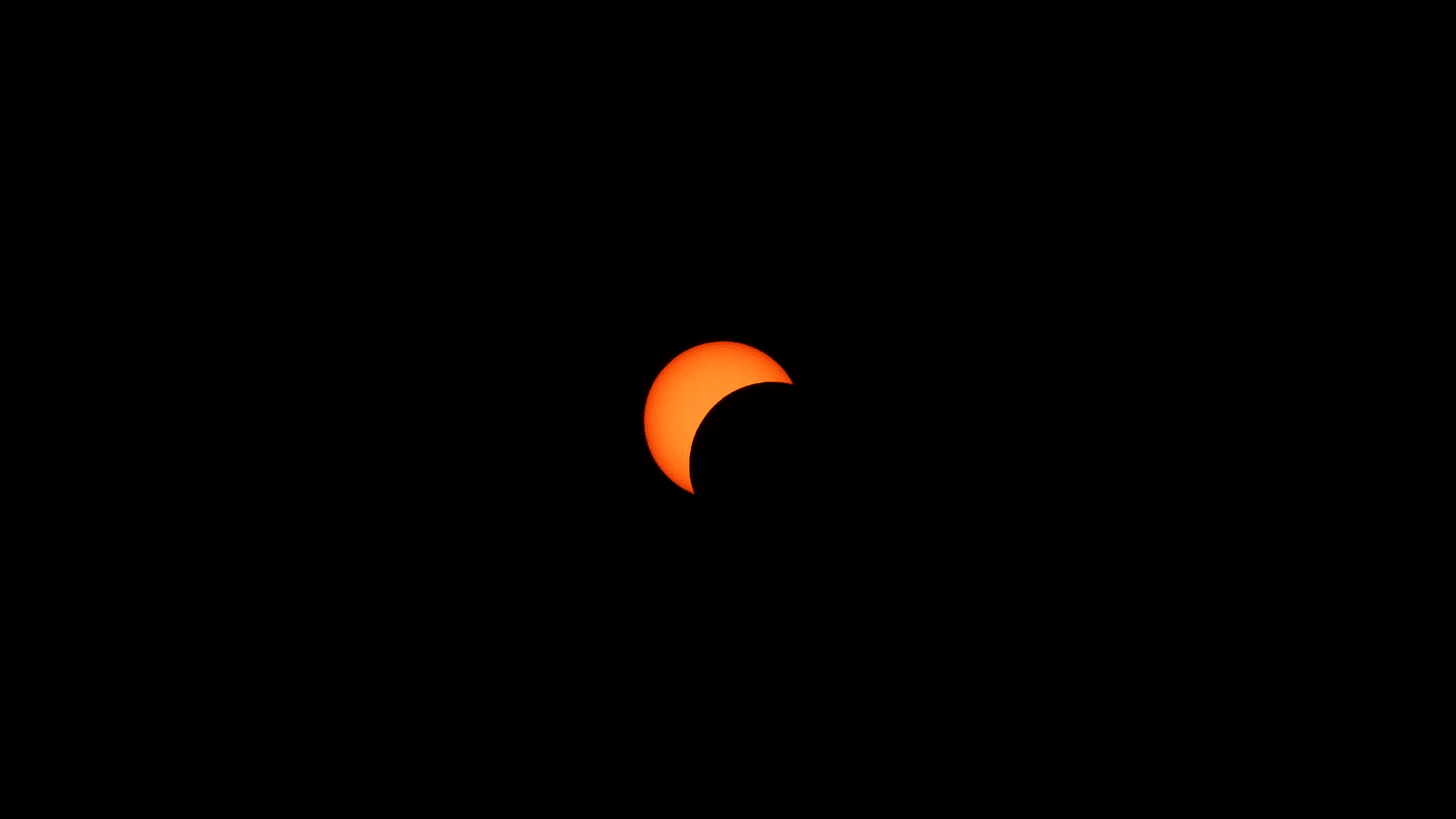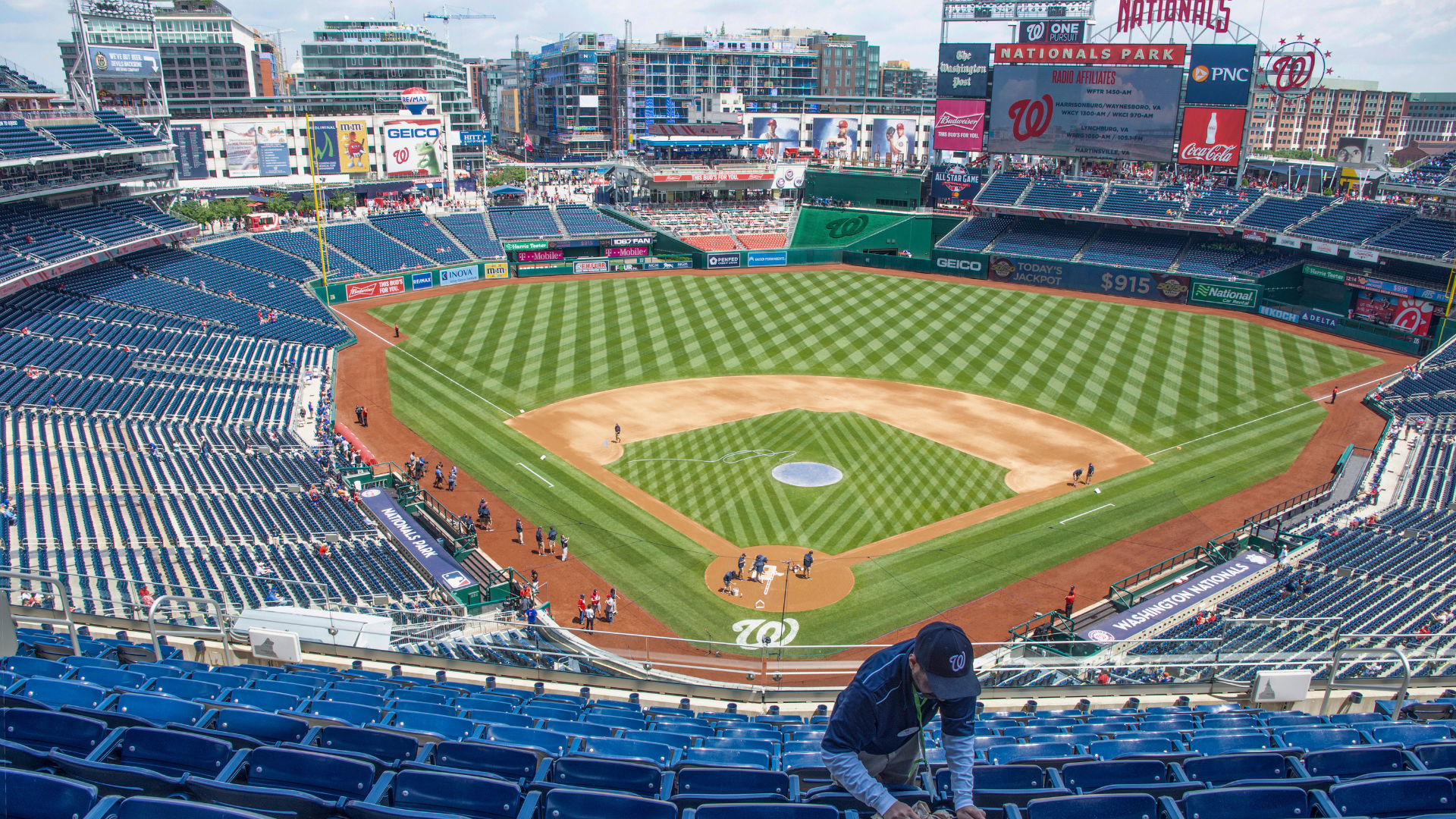Following a total lunar eclipse with a striking “blood moon,” stargazers in parts of the United States will have the opportunity to spot a partial solar eclipse this weekend.
When?

This phenomenon occurs when the moon passes in front and partially blocks the sun from Earth, resulting in a shadow over parts of the Northern Hemisphere. The solar sighting, visible from several states in the northeast U.S., will begin early Saturday morning, March 29th, at approximately 4:50 AM EDT and end right before 8:43 AM EDT.
Unlike last year’s solar eclipse, which saw the Earth, sun, and moon perfectly align for a few minutes, this event is only a partial eclipse. According to NASA, this means that the moon will partially cover the sun, giving it a crescent shape.
Where?

Though the scope of this eclipse isn’t as broad as last year’s, NASA provided a list of select major cities that will see the partial solar eclipse, along with approximate viewing times:
- Baltimore, Maryland: 6:55 a.m. to 7:02 a.m. EDT
- Boston, Massachusetts: 6:31 a.m. to 7:07 a.m. EDT
- Buffalo, New York: 7:02 a.m. to 7:09 a.m. EDT
- New York City: 6:44 a.m. to 7:04 a.m. EDT
- Philadelphia, Pennsylvania: 6:49 a.m. to 7:03 a.m. EDT
- Portland, Maine: 6:27 a.m. 7:10 a.m. EDT
- Washington D.C.: 6:56 a.m. to 7:01 a.m .EDT
Skygazers will also see the partial solar eclipse in sections of Europe, Africa, northern Asia, small parts of South America, Greenland, Iceland, and much of the Atlantic and Arctic oceans.
How?

Similar to the total solar eclipse, spectators should wear safety glasses or otherwise protect their eyes from the sun. Unlike last year’s eclipse, however, there won’t be a time when the partial solar eclipse is safe for skygazers to view with the naked eye. The American Astronomical Society maintains a curated list of approved vendors of solar eclipse glasses, which are the most common form of protection used for viewing solar eclipses.
Additionally, for the best possible viewing, be sure to select an optimal location with clear skies and minimal light pollution.







